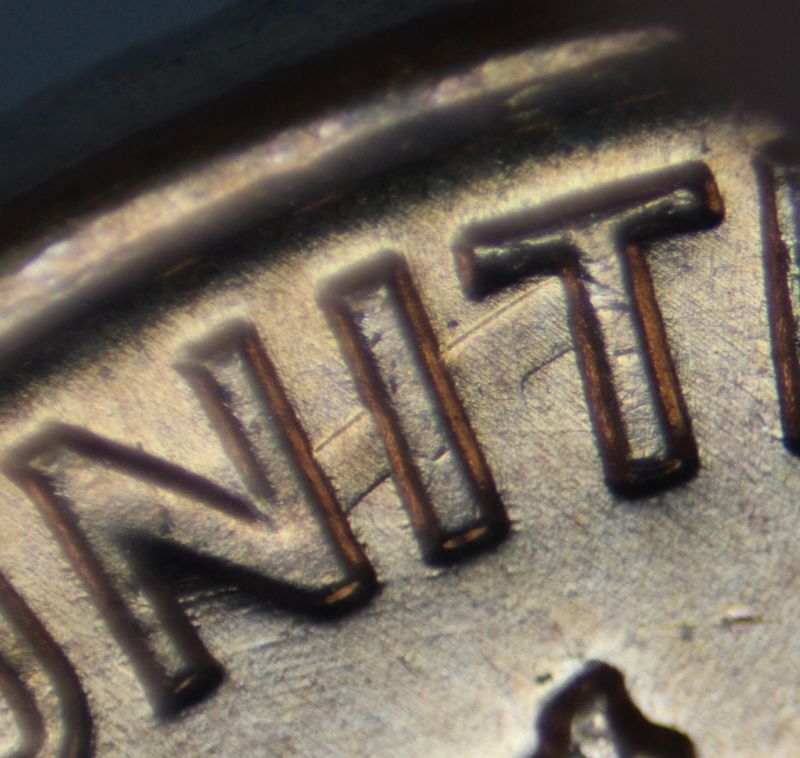There is a reason why you should always check every coin you get your hands on. Even after 53 years of searching, I still search when I can and in a recent case, it paid off.
For those of you who have a subscription to Coin World, an article by Mike Diamond was released today on a coin I found a short while ago. The title of 'Exogenous floating die clash' tells you what it is, but it is a very uncommon find. I can not post his article, but here is the link to what it is:
I will include a photo of the coin I found and if you know of anyone who gets CoinWorld, you can ask them to send you a copy of the article on page 43. It is very exciting to find something relatively scarce or rare, especially on a coin that is 50 years old.
I was told I can finally announce the find. I hope you get a chance to read the article!
For those of you who have a subscription to Coin World, an article by Mike Diamond was released today on a coin I found a short while ago. The title of 'Exogenous floating die clash' tells you what it is, but it is a very uncommon find. I can not post his article, but here is the link to what it is:
I will include a photo of the coin I found and if you know of anyone who gets CoinWorld, you can ask them to send you a copy of the article on page 43. It is very exciting to find something relatively scarce or rare, especially on a coin that is 50 years old.
I was told I can finally announce the find. I hope you get a chance to read the article!




Comment